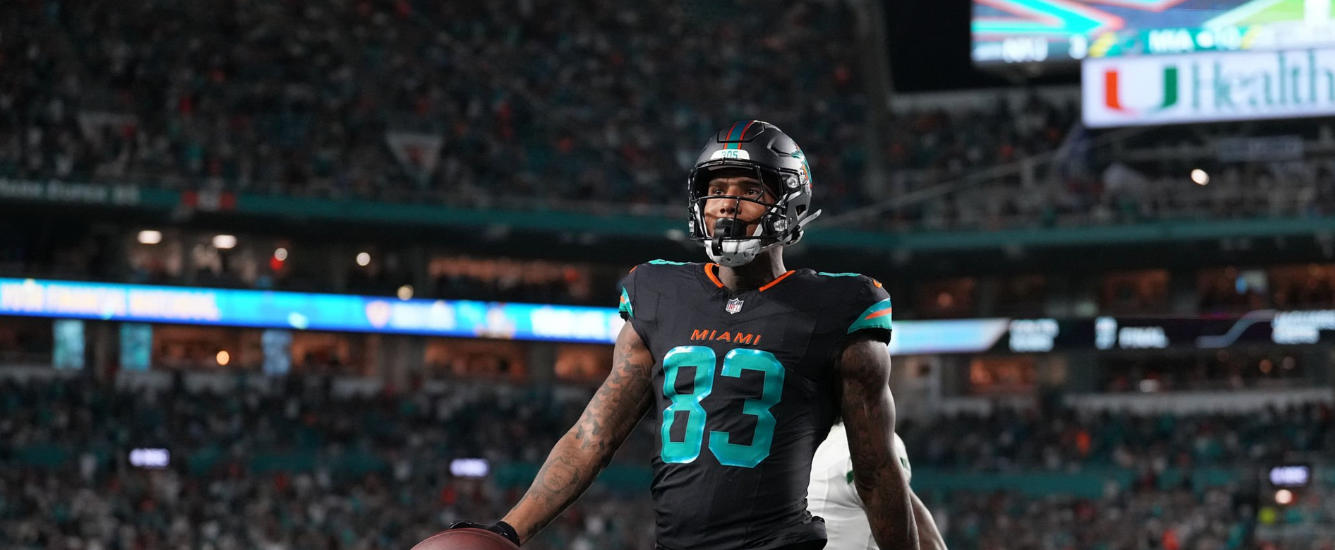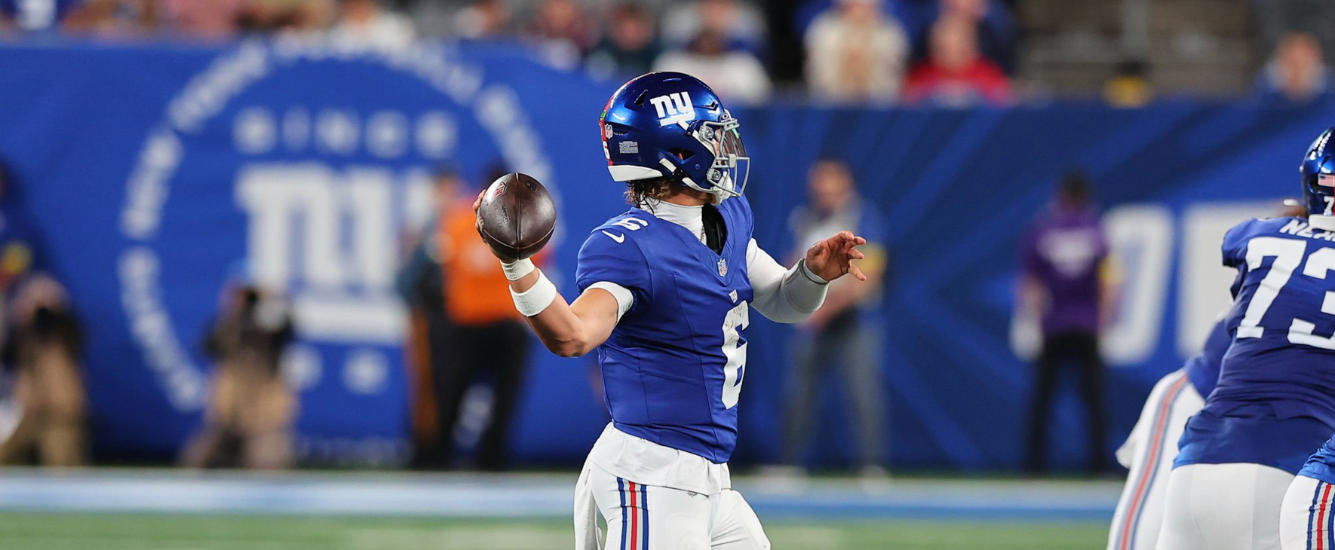Bjorn Yang-Vaernet uses the RotoViz Best Ball Tools to explore whether drafters should be late stacking and back stacking in Underdog best ball tournaments
Best ball has come a long way since Underdog arrived on the scene three years ago. In particular, what drafters consider “obvious” strategies today were debated in previous summers. A few of these strategies are:
- Getting ADP closing value
- Week 17 correlation
- Stacking
This article will take a deeper look at stacking, or putting multiple players from the same team on a roster together. Traditionally, a stack will include a team’s quarterback, but nowadays many people don’t mind stacks without a QB. Regardless of how stacking is defined, most people agree on the general benefits of stacking — for good reason. Some of these advantages are:
- Getting fewer things right – Making a bet on a particular offense means that if that offense performs well during the season, multiple players on the roster will likely benefit. An alternate way to think about this concept is taking the opposite approach to the extreme and rostering 18-20 players from 18 different NFL teams. A successful roster would need to draft the perfect combination of players that play on several good offenses, are an integral part of the team’s offense, and don’t miss significant time. Getting this right on one player is victory, but getting this parlay correct for 18-20 players is much more difficult.
- Stacking increases variance – As Michael Dubner showed last year, as rosters increase the number of teammates in a stack, the advance rate stays stable while the range of outcomes in an individual week increases. This is particularly important for tournament best ball as most formats, including Underdog’s Best Ball Mania (BBM) IV, have a final week where one must beat several hundred people to claim the top prize.

- Stacking diversifies the portfolio – Stacking is one of the better ways to diversify a best ball portfolio. It is very easy for many drafters to lock on to certain players that they like. While this can be a big advantage when those players hit, drafters also need to have humility since football has a lot of unpredictability (i.e. injuries, coaching changes, age cliff) and a player may not hit. Second, drafters may be underexposed to other players in the pockets of the draft where the target player goes and managers may not be meaning to take a big stand against those players. For example, betting big on Christian McCaffrey in 2023 means being underweight Justin Jefferson, Ja’marr Chase, Tyreek Hill, and Cooper Kupp. Overall, stacking can help lean managers toward other players–a practice that can help mitigate downside risk in the event the target player doesn’t perform to expectations.
As with most things that are widely accepted, there is always nuance. For this article, I wanted to explore whether all stacking is good, or if some stacking tactics, like late or back stacking, are not optimal for taking down large tournaments. For our purposes, late stacking means be taking a QB and a receiver in the double-digit rounds of the draft. Back stacking means taking a QB before his pass catchers.
Late Stacking
Various best ball podcasts have discussed a common strategy: grabbing a stack late in the draft. These hosts are talking about the Carolina Panthers with Bryce Young, Houston Texans with C.J. Stroud, or New England Patriots with Mac Jones. As a drafter myself, I’ve found myself feeling good about getting a stack late. But when I take a step back, I’m less comfortable betting on offenses that have a high probability of struggling.
First, I wanted to look at stacks with QBs going in Round 11 or later. I used this threshold because the first 10 picks are generally considered to be the foundation of the team. The next eight picks (on regular Underdog drafts) are more about getting as much upside on the team in order to have a strong team come playoff time. Conveniently, across both Best Ball Mania II and III, approximately 70% of drafters picked their QB2 in Round 11 or later.





















